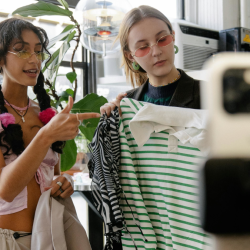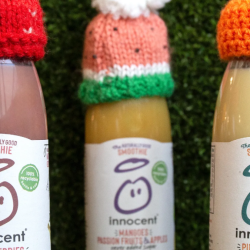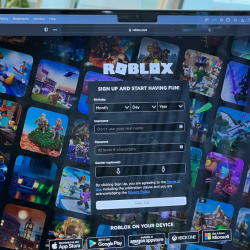Between the boom of shopping within social platforms, supply chain crises, and the pandemic, the last three years have entirely upended consumer habits. We’ve become just as accustomed to the rat-a-tat-tat of delivery men as we are using checkouts directly on Instagram. While product choices continue to widen and shops halfway across the world are as accessible as those down the high street, there is one thing that has stayed steady… the motivations that drive consumers.
Understanding the consumers
Firstly, we have to understand how people shop. For instance, knowing 40-80% of all purchases are typically impulse buys informs us that the feel-good factor substantially affects purse strings. During the pandemic, a study revealed that two out of three shoppers said that their impulse buys could turn a bad day around. On the flip side, there’s been a rise in ‘analysis paralysis,‘ a phenomenon where too many choices cause consumers to abandon their basket. In this case, a friend’s recommendation can be the bait and switch that returns them to their shopping journey.
Unlocking the forces that drive someone to spend their hard-earned dosh, whether on a whim or after incrementally saving for many months isn’t a cryptic crossword. It requires empathy for human connections. Buckle in as I’m about to give away some trade secrets — the formula that SEEN Connects (the agency where I’m a Business Director) uses to create campaigns that drive shoppers to checkout.
SEEN Connects believes every person and brand is defined by the Jungian philosophy of archetypes, which stratifies the innate drives, talents, and fears that compel action. Through these pre-conscious dispositions we create a universal grammar that explains how we work and what we want from life.
First, we look at the brand — what do they do best? What are their goals? What are their fears? Once we’ve analysed which of the 12 archetypes best apply to this company, we find influencers of the same archetype. It’s here the magic happens. The followers of these influencers are also motivated by the same goals and fears, which creates a resonance that cuts through the noise of life. Plus, their content’s story is authentic, as it honestly relates to these synced up motivating factors.
Understanding the fundamental drivers of human behaviour
The theme of April issue (for MediaCat Magazine) was love and fear; as powerful motivators of human behaviour. However, they aren’t the only ones, and they aren’t opposing either. Scarcity is a persuasive factor for consumption — just ask all the toilet roll panic buyers of 2020. However, it also leans into the fear of missing out on something we love, which explains why 49% of online shoppers are more likely to purchase if the product is limited edition.
Consider, sustainability. We know that 37% of shoppers will spend more if the product is ethically made, but are they motivated out of love of the planet, or fear for it? One could argue both, as well as many more factors, like security and altruism too. Understanding how the fundamental principles that drive us can be dually harnessed is part of teasing out how best to tell a product or brand story.
With the archetype of the Caregiver, compassion and generosity are their defining features, their fear is being accused of selfishness. You’ll never catch a Caregiver hoarding toilet rolls, for instance. However, the Everyperson is driven by a need to fit in, so a fear of missing out, or standing out from the crowd would compel them more than a love of a specific style. Recognising that there are so many other factors at play, like the perception of others, desire for power and a socio-political outlook, proves that as compelling as love and fear are, they aren’t the only motivations of a person.
The drivers around us aren’t only emotions. As consumers, we live within a funnel of constant and targeted advertising. Between OOH billboards, television, paid and organic social posts, personal recommendations and print and audio media, we may be compelled at first by an emotional trigger, but effective and bombarding marketing can disrupt this.
“Attention is the first mechanism that determines a decision,” says Mathias Streicher, an assistant professor in the Department of Strategic Management, Marketing, and Tourism, at the University of Innsbruck, Austria. The journey to getting attention is unlikely to be straightforward. Marketing’s Rule of Seven theory (which first started circling in the 1930s, is just as relevant today) asserts that we need to see or hear about a product multiple times before a brand has our attention.
John Lennon once said, “[T]here are two basic motivating forces: fear and love.” The Beatles was certainly onto something, but his perspective is situated in a time before social media. He didn’t know about the metaverse — the umbrella term for our digital lives, where AR, VR, NFTs, cryptocurrency and gaming intersect – and how it will likely supersede all traditional understandings of the emotions that compel us into action. Traditional fears, say for instance around body image, will not have the same weight in our digital future. Understanding the nuances that drive human connection and our contextual landscape, is the real key to unlocking what motivates us.
Featured image: Folco Masi / Unsplash
































